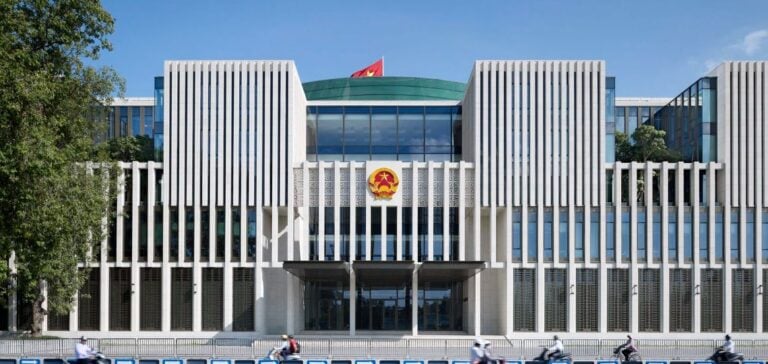Vietnam Revives Its Nuclear Program to Meet Growing Energy Demand
Vietnam, a rapidly industrializing nation with a population of 100 million, is seeking to revive its nuclear program. This initiative aims to address an anticipated 150% increase in energy demand, should the country pursue a double-digit economic growth target, according to Prime Minister Pham Minh Chinh’s statement to the National Assembly.
In 2016, Vietnam suspended two nuclear power plant projects in Ninh Thuan province, primarily due to financial constraints. At the time, the estimated costs of these infrastructures had doubled to $18 billion. The projects, supported by the Russian group Rosatom and the Japanese consortium JINED, proposed a combined capacity of 4,000 megawatts. The government emphasized that the suspension was not due to technological issues but to the country’s economic limitations.
However, Vietnam’s energy outlook has since evolved. The country currently relies heavily on coal and hydropower to support its economy. Despite this dependence on fossil fuels, Vietnam has committed to achieving net carbon neutrality by 2050, with assistance from the Just Energy Transition Partnership. This mechanism enables developed nations to finance the transition of developing countries toward cleaner energy sources.
The revival of nuclear energy represents a strategic shift for Vietnam, blending sustainability and energy security goals. By aligning this initiative with its climate commitments, Vietnam demonstrates its intent to diversify its energy mix, reducing reliance on fossil fuels while supporting sustained economic growth.





















